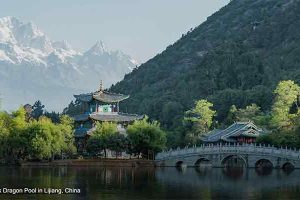
Nell Lewis
An animal grazes, oblivious to another tracking it silently from behind. The predator waits for the perfect moment, then pounces. It’s over in a flash.
It’s a scene most of us might associate with an open savannah in a nature documentary, but photographer Andy Murray is watching the drama unfold from his back garden in Somerset, UK. He’s on his knees, staring through a loupe (a small magnifying glass) as a 6-millimeter-long pseudoscorpion takes out a springtail more than half its size.
“They live in this tiny world; it works like our world, it’s just on a really small scale,” he tells CNN. “If you watch it long enough, you can see the same things go on: you can see hunters and the hunted, you can see grazing animals, you see bizarre and funny interactions.”
And your chances of seeing some form of soil life, albeit through a magnifying glass, are high. According to a recent study published in the journal PNAS, more than half of all species live in the soil, making it the most species-rich habitat on Earth.






